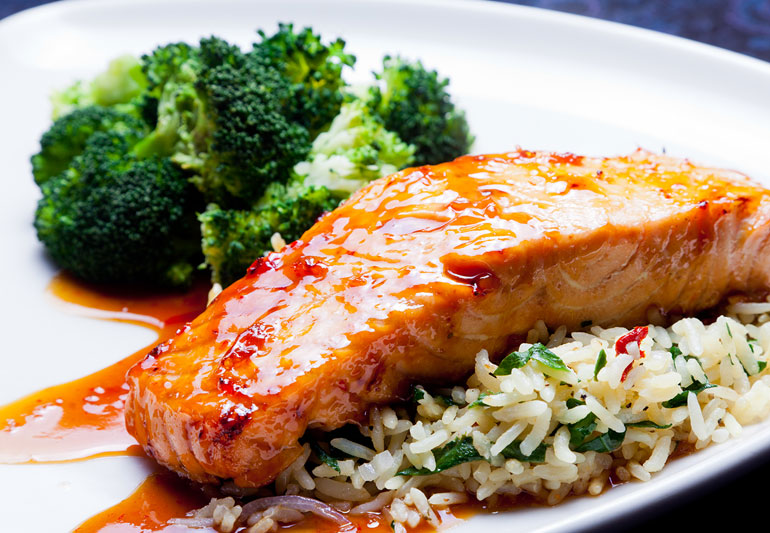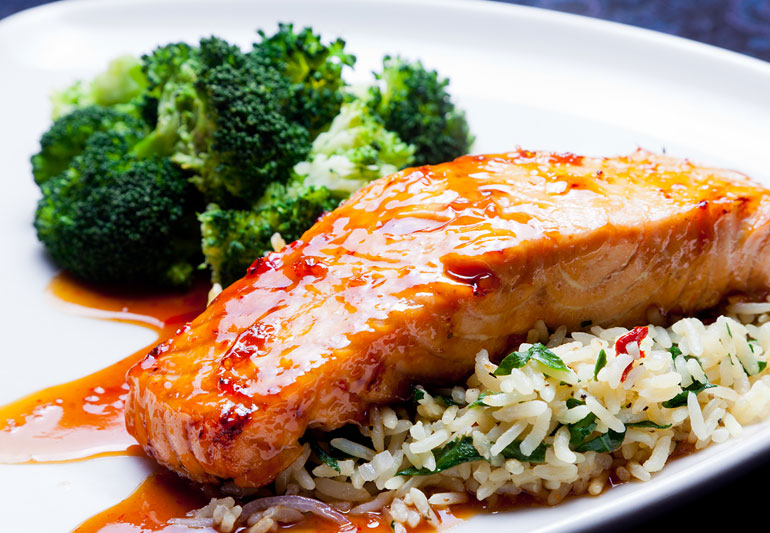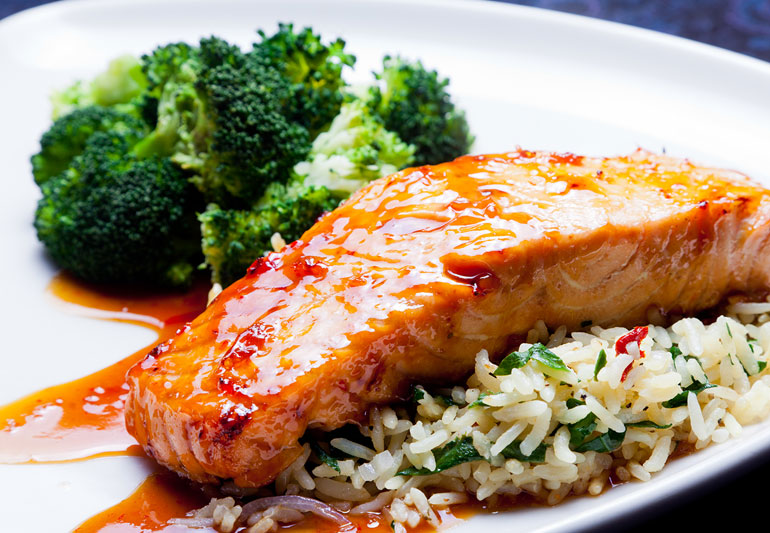File Under: QUICK BREADS IRISH SPRING BREAKFAST & BRUNCH ST. PATRICK'S DAY
Real Irish Soda Bread Recipe
Recipe Rating :

WHY IT WORKS
iven our obsession with quick and easy no-knead recipes, I'm always bummed to see Irish soda bread relegated to the realm of St. Patrick's Day novelties. Not only because it's far more authentic than green beer or some random cake soaked in Baileys, but because old-school recipes turn out a legitimately fantastic loaf in no time at all.
Old-school, because I'm not talking about wheels of crumbly "bread" that taste like a diet scone (more on that in a sec), nor an overgrown muffin chock-full of butter, sugar, eggs, and fruit. I mean, generally speaking, I'm all about sugar muffins loaded with butter and fruit, but such recipes are to Irish soda bread what Diet Coke is to lemonade—a complete and total non sequitur.
Mercifully, folks at home paired baking soda with a far tastier and less alarming alternative: buttermilk. That same combo gave rise to cornbread in America, but, with "patent bread" as their model, British bakers favored plain white flour (even then vastly more popular than whole wheat). Soda bread's association with Ireland arose after the devastation of the country's potato crop in the 1840s, which forced a people historically ambivalent toward bread to start baking en masse.
Dire origins meant no splurge-y ingredients or complicated technique; just loads of buttermilk, enough flour to form a soft dough, and plenty of baking soda to ensure a good rise. The dough went into a cast-iron pot, tucked into a bed of live coals, and left to bake through and through—a daily ritual that kept folks fed.
Forgetting the heretical subset of modern recipes that envision soda bread as a strangely modest cupcake, more traditional versions stick to the basics: roughly 14 ounces of buttermilk, plus a level spoonful of soda and salt for every pound of flour. It makes a dough that's soft but easy to knead, and stiff enough to retain its shape on a baking sheet. Modern soda bread bakes up rather crumbly and pale, no crustier than an overbaked scone and bland but for the tang of buttermilk. Peasant food, amirite?
It's an earnest re-creation of a bread that earned its place at a time when recipes never got any more specific than a "big spoonful" of soda and "as much buttermilk" as needed to form a dough, but I'm not convinced that soda bread was ever meant to be a giant scone. Not simply because that's not my particular cup of (Irish) tea, but because it doesn't seem to jibe with the facts.
The oldest recipe for soda bread, widely syndicated from Ireland's Newry Times in 1836, says the dough was "as soft as could possibly be handled...the softer the better." Thirteen years and 180 miles down the road, the Waterford Times described it as "wetter than pie crust, too stiff to pour, but not stiff enough to roll." It's like soda bread ambled right up to the line between a batter and a dough and just shrugged—too stiff to slouch over the edge, but sloppy enough you thought it might. I don't reckon that's the kind of dough anyone would try to knead, something few recipes even mention; most jump straight from mixing to panning, emphasizing the importance of haste.
In the midst of famine, soda bread stretched something expensive (white flour) with something cheap (local buttermilk), and replaced something slow (yeast) with something wonderfully fast (soda).
To an extent, glossing over a step like kneading can be chalked up to the general lack of direction in old-timey recipes, but, as a rule of thumb, aerated breads were too soft to knead. Given the context of soda bread's popularity in Ireland, I'm inclined to take that language at face value. In the midst of famine, soda bread stretched something expensive (white flour) with something cheap (local buttermilk), and replaced something slow (yeast) with something wonderfully fast (soda). So why would anyone waste time and flour kneading a dough when they could just scrape it into a skillet and be done?
Especially considering that baking soda, unlike yeast, won't continue to produce carbon dioxide over time. The clock starts ticking as soon as the buttermilk is added, which brings us to another curious point of fact: Modern soda bread is generally a little sour. Okay, sure, that seems perfectly natural considering all the tangy buttermilk, but 19th-century soda bread was widely praised for its sweetness. You and I hear that term and think sugar, but in those days, it simply distinguished soda bread from the funky flavor of traditional sourdoughs (a.k.a. everything prior to the advent of granulated yeast).
For buttermilk to taste sweet (i.e. not sour) its acidity would need to be fully neutralized by the baking soda. That tells us that its primary purpose was to leaven the dough, making soda bread particularly light, fluffy, and oh-so-slightly alkaline.
Now, taken to its soapy extreme, that can be a Terrible, Horrible, No Good, Very Bad Thing. But! As I learned while perfecting my gingersnaps, a little alkalinity can taste truly magical. Think Dutch cocoa, corn tortillas, and ramen noodles—remember that baking soda hack to turn dry spaghetti into ramen noodles?
A slightly elevated pH can enhance texture, moisture retention, and flavor. I believe that such a Triforce of power (chewiness, moisture, and flavor) would have freed soda bread from the trials and tribulations that plague it today, namely, all things crumbly, dry, and bland.
Putting my theory to the test, I abandoned modern expectations of how soda bread should be made and followed a set of 19th-century instructions to the T, or, at least, as close to that T as a baker's intuition could allow given the subjective directions.


